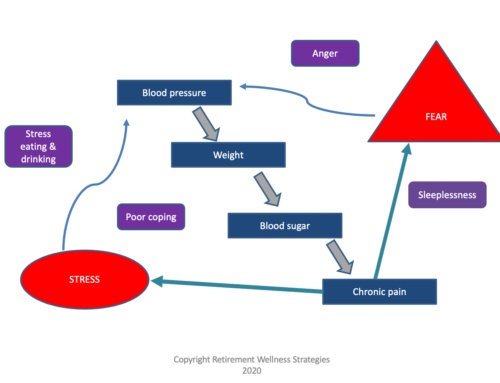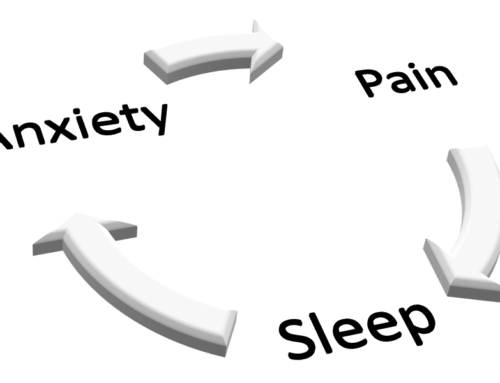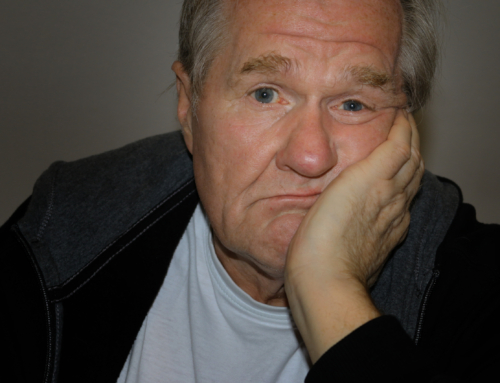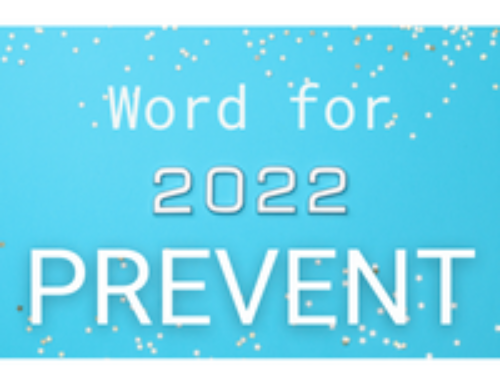Narcotic addiction is now at epidemic proportions. Drug abuse has been with us for all of recorded time. The specifics of the drug(s) most commonly abused change over time. Sometimes the most abused drugs fall out of favor for a while and then reemerge. Common examples from the past few decades include LSD, cocaine, crack cocaine, and inhalants.
Right now, prescription opioid pain medicines (narcotics) are being abused at an alarming rate.
According to the Centers for Disease Control (CDC), 2 million people abused or were dependent on opioid analgesics in 2014.
Refer back to last week’s blog. Terms are very important here. Dependence is a physiologic response to these medications. Anyone who takes them over time will have some changes in how their body handles pain signals. The body’s normal response takes a backseat to the medication. In order for the body to take over again, the medication needs to be titrated off slowly. If you stop the medication all of a sudden, the body goes through withdrawal. It can’t take back over the pain control that quickly. It needs time to gear up. NOTE, this type of dependence and withdrawal is different than ADDICTION.
Addiction
Genetic, psychosocial, and environmental factors all play a role in the creation of an addiction.
Addiction usually occurs when the opioid medication is continued after the pain has gotten better. Sometimes people keep taking the medication for the effects beyond the pain relief. Some people feel a euphoria or high while others are very laid back. If they keep continuing the medication for this purpose, then addiction can occur. Not only are the body’s receptors letting the medication handle pain it is seeking these other effects. Over time it takes a higher dose more frequently to get the same amount of desired effect. So, doses keep going up and desire to take the medication is very strong.
The FBI and the DEA created a documentary about this addiction. If you would like to know more, I highly encourage you to watch this video. You can find it at this link: https://www.fbi.gov/news/stories/2016/february/raising-awareness-of-opioid-addiction/video/chasing-the-dragon-the-life-of-an-opiate-addict.
In March of this year (2016), the CDC released new guidelines for prescribing of these medications. If you would like to read them, you can find it at this link: http://www.cdc.gov/drugoverdose/prescribing/guideline.html . These guidelines are emphasizing less use. Use only for moderate to severe pain. Use at the lowest possible dose for the shortest time possible. There are other, non-addictive options for lesser pain.
When people addicted to prescribed opioid pain medications can’t get more prescriptions, they often turn to heroin. This is another opioid substance that is illegal but sadly, easier to get ‘on the street’. This allows the addicted person to keep getting the effects they are seeking. Note, at this point, addicted people realize this is a miserable, horrifying state. But the demands for more drugs override common sense. Again, I highly recommend watching the video created by the FBI and DEA.
So overcoming this epidemic is being addressed from the prevention side by the new prescribing guidelines. It is also being addressed through new medications and techniques to help people escape the addiction. So, there is hope for the future with this addiction!
If you would like to know more about narcotic addiction, new steps to address it, or similar topics, contact us at www.medsmash.com.
If you would like further application, check out my personal blog.






